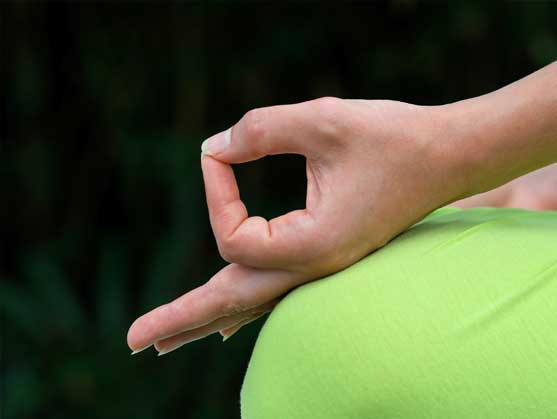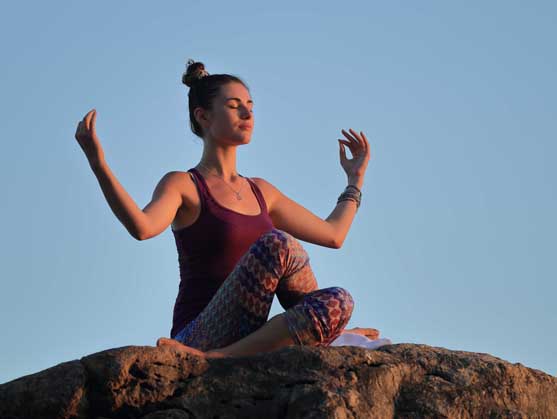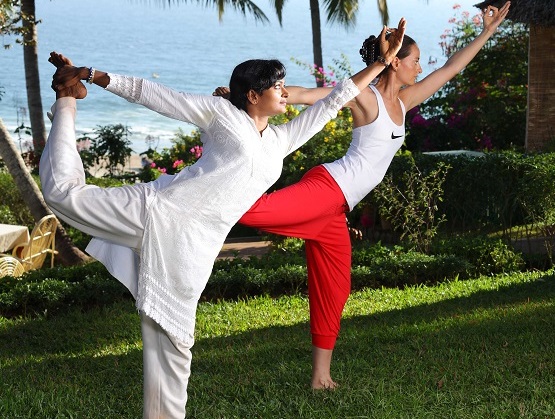

Is concerned with social behavior and how you treat those around you, the moral principles are as follows:

Is concerned with how you treat yourself
These plus a further two elements offer control over the physical body
Known as external or Hath Yoga these elements must first be mastered before moving onto internal or Raja Yoga simply because the average person is unlikely to be able to accomplish Raja Yoga without having skills in Hath Yoga. Raja Yoga includes:
The goal of the eightfold paths is Samadhi (Self-realisation), this is a state of absolute bliss where you and the universe are as one. This enlightment once attained can last forever.